-
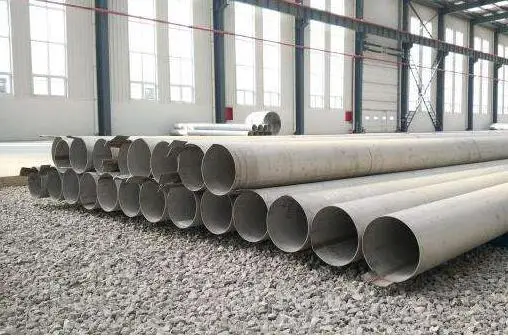
The alloy steel pipe is specified by the AISI four digit number. They contain different types of steel, and their composition exceeds B, C, Mn, Mo, Ni, Si, Cr and Va limits set for carbon steel.
-
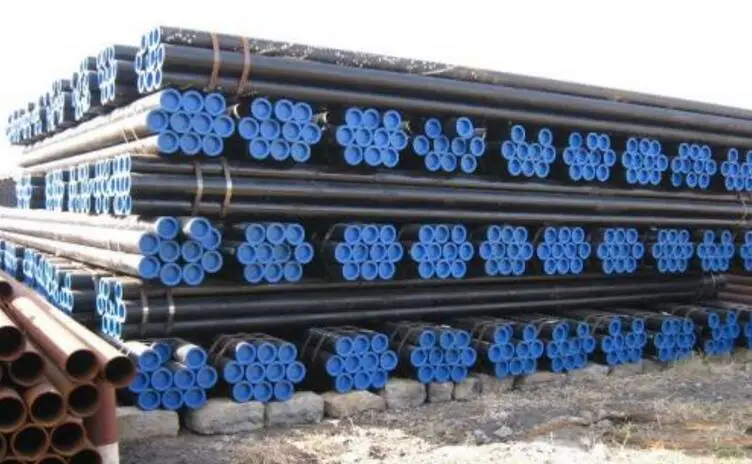
Seamless pipes are widely used in nuclear devices, natural gas, petrochemical, shipbuilding and boiler industries. Seamless pipe occupies 65% of the market share of China's boiler industry.
Main customers in the international market: Alston, bucke, SIEMENS Austria, Brazil petroleum, Dou Shan heavy industries, Hyundai, Essar, BHEL..
-
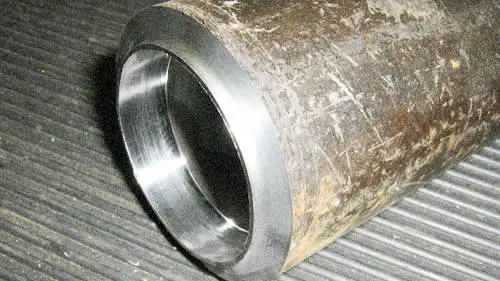
A standard pipe bevel angle for welding is 37.5 degrees. Other angles and special forms such as J-Bevels can also be produced on the ends of pipe or tube using automatic beveling machines.
-
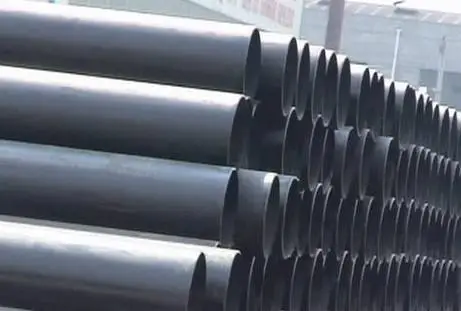
ASTM A333 standard specification for seamless and welded steel pipe for low-temperature service and other applications with required notch toughness.
This specification covers wall seamless and welded carbon and alloy steel pipe intended for use at low temperatures. The pipe shall be made by the seamless or welding process with the addition of no filler metal in the welding operation.
Chemical Requirements of ASTM A333
-
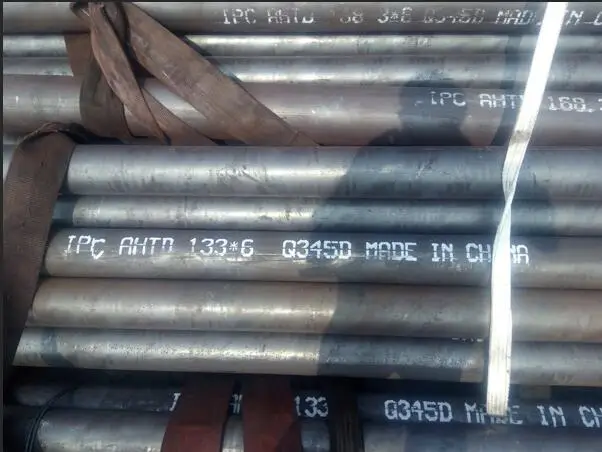
Equivalent material:
35crmo4 under Italy standard.
34crmo4 under NBN standard
2234 under Sweden standard
SCM432/SCRRM3 under JIS standard
-
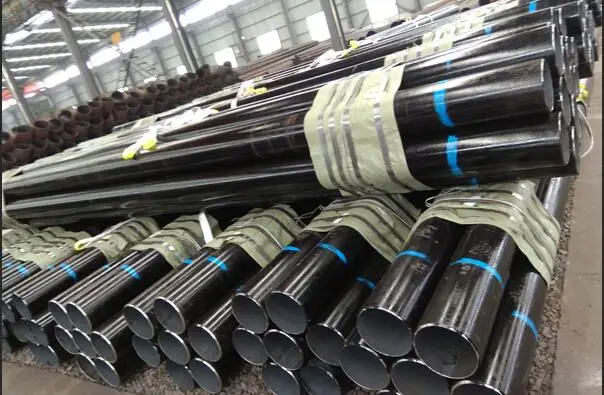
SCM420 alloy steel pipe harden ability is higher, no temper brittleness, weld ability is quite good, form the cold cracking tendency is small, can be good mability and cold plastic strain.
Characteristics and application:
SCM420 seamless pipe in conditioning or carburizing and quenching condition, used in the manufacture of the corrosive medium and working temperature below 250 ℃, the medium containing hydrogen nitrogen mixture work of high pressure pipe and all kinds of fasteners, the more senior carburized parts, such as gear, shaft, etc.
-
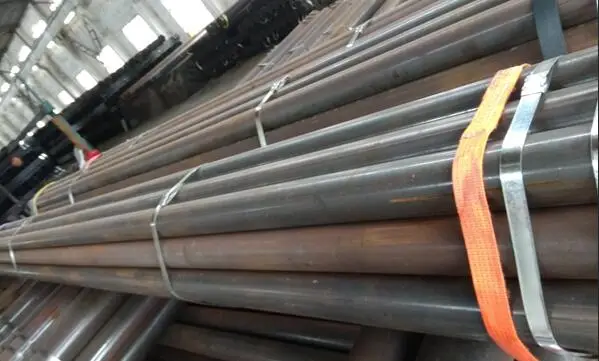
JIS G 4053 SNCM 439 Seamless Steel Pipes
Standard : JIS G 4053
Equivalent material: 40CrNiMoA , 4340 , 817M40 ,816M40
Delivery condition : By heat treatment (normalizing, annealing and high temperature tempering) or heat treatment state delivery, delivery status should be indicated in the contract
-
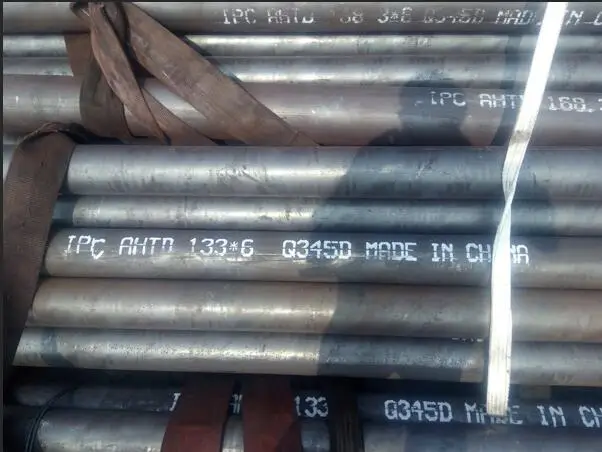
Equivalent material:
35crmo4 under Italy standard.
34crmo4 under NBN standard
2234 under Sweden standard
SCM432/SCRRM3 under JIS standard
-
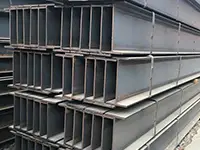
Q345B steel pipe is a common structural steel pipe, and its mechanical property index is one of the important standards to evaluate its quality. This article will introduce the mechanical property index of Q345B seamless steel pipe, including tensile strength, yield strength, elongation and impact toughness.
-
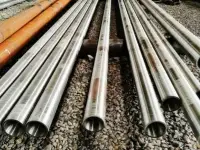
ASTM A213 Alloy Tubes are a series of seamless ferritic and austenitic alloy-steel tubes that are designed for use in high-temperature and corrosive environments.
-
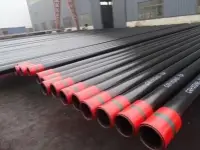
Los tubos de revestimiento para petróleo se consideran un producto de primera calidad en la industria de los tubos de acero, con una amplia variedad de especificaciones. Hay 15 tamaños de diámetro exterior diferentes, que van desde 114,3 mm hasta 508 mm. Los grados de acero se clasifican en 11 tipos, incluidos J55, K55, N80, L-80, P-110, C-90, C-95 y T-95. Hay varios tipos de conexión final disponibles para los tubos de revestimiento para petróleo, como STC, LC, BC y VAM. El proceso de producción e instalación de los tubos de revestimiento para petróleo implica una serie de pruebas rigurosas, que incluyen las siguientes.
-
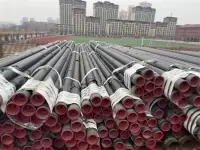
Las tuberías de revestimiento de petróleo se utilizan para soportar las paredes de los pozos de petróleo y gas, asegurando el funcionamiento adecuado del pozo durante la perforación y después de su finalización. Hay dos tipos principales de tubos de acero que se utilizan para revestimientos de petróleo: revestimiento sin costura y revestimiento ERW. Aquí hay una comparación detallada entre ellos.
-
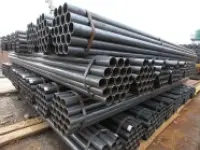
ASTM A53 es una aleación de acero al carbono que puede utilizarse como acero estructural o para tuberías de baja presión. La tubería de acero al carbono ASTM A53 (ASME SA53) es una especificación que cubre la tubería de acero sin soldadura, soldada en negro y galvanizada en caliente de NPS 1/8 "a NPS 26. A53 es adecuado para aplicaciones mecánicas y de presión, así como para uso general en líneas de vapor, agua, gas y aire.
-
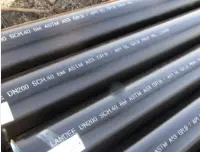
ASTM A53 ASTM A53 (también conocida como tubería ASME SA53) es una aleación de acero al carbono que puede usarse como acero estructural o tubería de baja presión, y también es adecuada para fines generales en tuberías de vapor, agua, gas y aire.
-

-

Características de los tubos de acero
-

Características de los tubos de acero
-

Características sin costura de la tubería de acero ERW
-

¿Cuál es la diferencia entre la tubería en espiral y otras tuberías de acero?
-
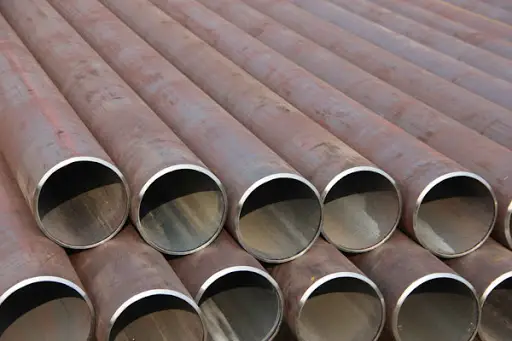
La tubería de acero sin costura se divide en estirada en frío y laminada en caliente, pero la superficie no ha sido tratada.
Existen varios tipos de tubos de acero sin costura y están relacionados con su material y estándares de implementación.
-
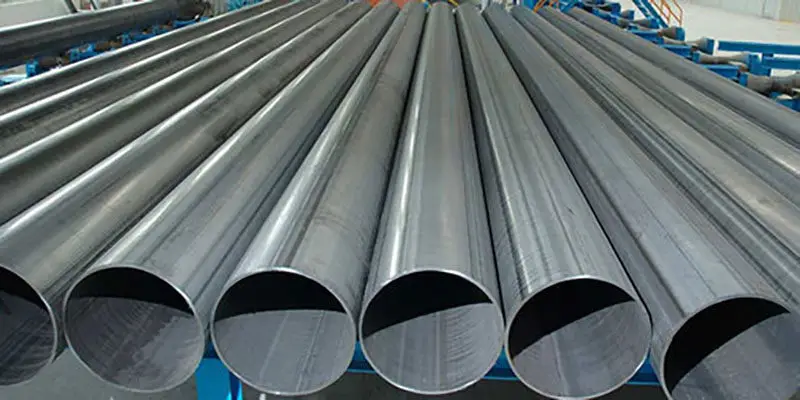
ERW significa soldadura por resistencia. La soldadura por resistencia tiene las características de alta eficiencia de producción, bajo costo, ahorro de material y fácil automatización. Por lo tanto, es ampliamente utilizado en la aviación, aeroespacial, energía, electrónica, automóviles, industria ligera y otros sectores industriales. Es uno de los procesos de soldadura importantes.



















